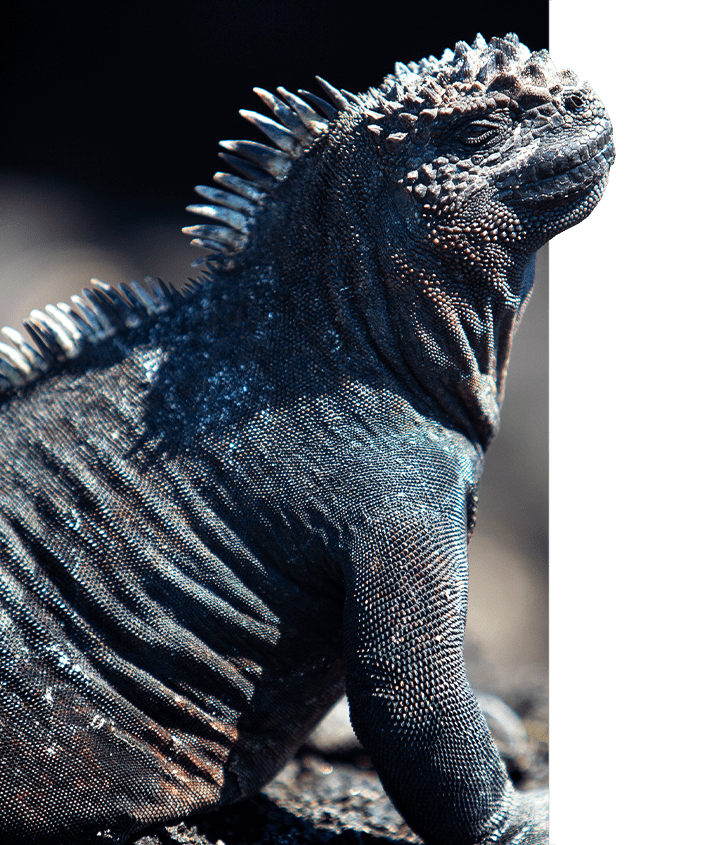
As the inspiration that fueled Charles Darwin’s ground-breaking Theory of Evolution, the Galapagos Islands has built a reputation on being the birthplace of natural selection. And, rightly so!
The isolated location of the volcanic Galapagos at the intersection of two major ocean currents make it home to some of the world’s most unique wildlife.
Here are 5 amazing animals that adapted in Galapagos Islands.
1.) Darwin's Finches
Charles Darwin discovered thirteen species of finches that largely formed the basis for his Theory of Evolution.
All of these different species came from a common ancestor and although they look similar, they’ve all got different beaks. While one species has a thick, crushing beak that allows it to eat seeds and nuts, the woodpecker finch has a long, thin beak to eat insects from the bark of a tree. If the woodpecker finch can’t reach its meal, it just breaks off a cactus spine and uses it to impale the insect and pull it out of the tree. If that doesn’t work, it’ll make a different tool. There are now 14 species of Galapagos Finches in the Galapagos. More on these birds of evolution: Darwin Finches.
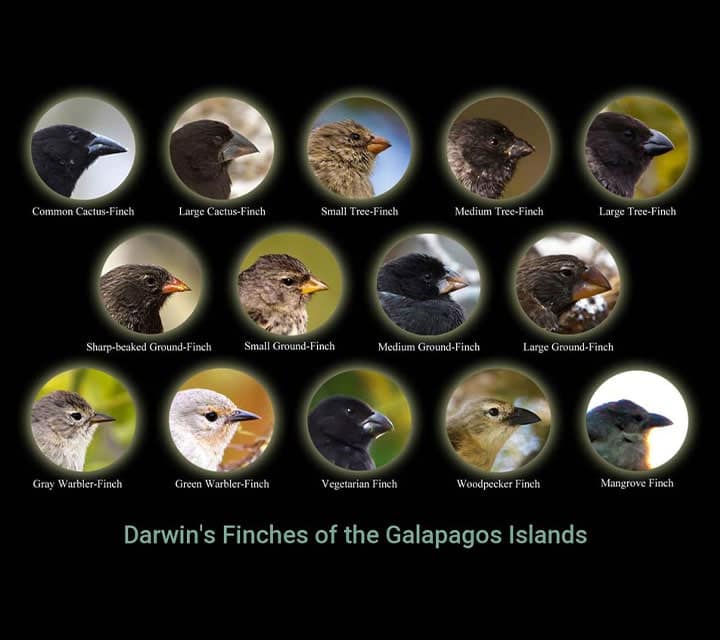
2.) Flightless Cormorants
While most species of cormorants fly, there’s one flightless species unique to the Galapagos.
With only 1,500 birds on the islands of Fernandina and Isabela, it’s one of the rarest birds in the world. Because there were no large predators on these two Galapagos Islands, having wings was a disadvantage that prevented them from finding food easily. They’re wings therefore adapted to be smaller while they developed powerful legs and webbed feet to dive into the water to hunt for fish, eels and small octopus. More on these flightless birds here ---> Flightless Cormorants.
A new Cormorant story and video here: "The Bird that forgot how to fly".
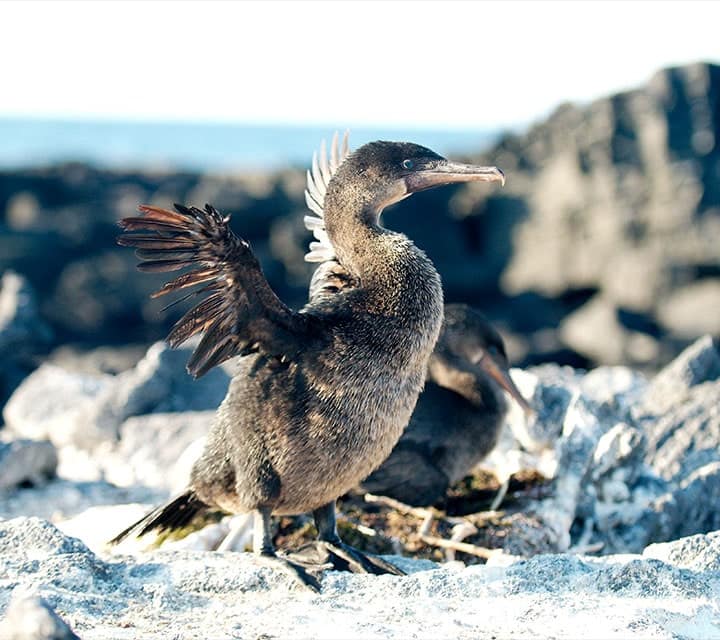
3.) Marine Iguanas
The Galapagos marine iguana is the only reptile in the world that finds its food in the ocean.
With a short, blunt nose and a long, flat and strong tail, it can dive up to forty feet to feed on algae and seaweed and stay down for up to 15 minutes.
If that’s not impressive enough for you, the marine iguana can shrink up to 20% shorter so that it doesn’t need as much energy when food is scarce during El Niño’s. More on these diving lizards here: Galapagos Marine Iguanas.
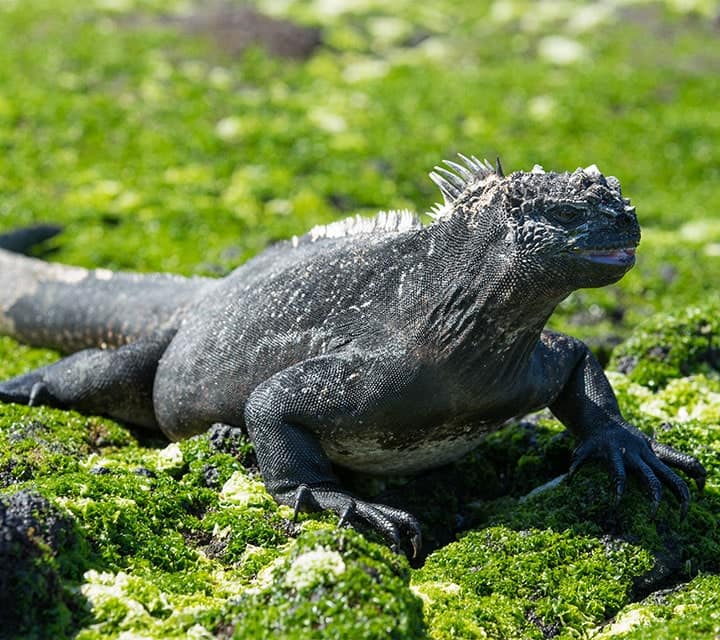

4.) Vampire Finch
The vampire finch is one of Darwin’s finches that uses its sharp, pointy beak to drink the blood of larger birds.
It lands on the bird and pecks at its skin until it draws blood without harming the larger bird and might have evolved from finches grooming parasites off other birds. More on this blood-thirsty bird: Vampire Finch.
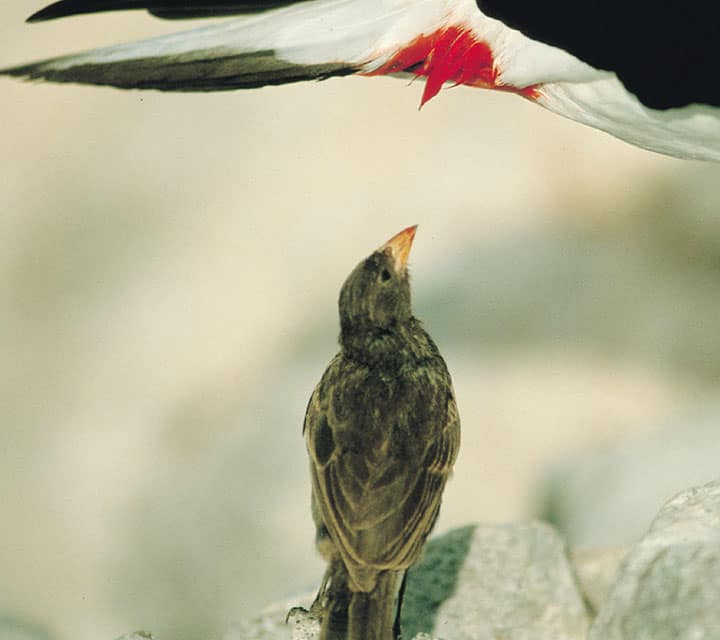
5.) Fish-Eating Snake
The Island of Fernandina is home to a small, land dwelling, fish-eating snake. This snake sits near its own ‘fishing patch’ and slithers into the cold, shallow waters to hunt small fish.
To see some of these incredible Galapagos evolutions for yourself, and how animals that adapted in Galapagos learn to keep living, please keep reading here: Galapagos Animals.
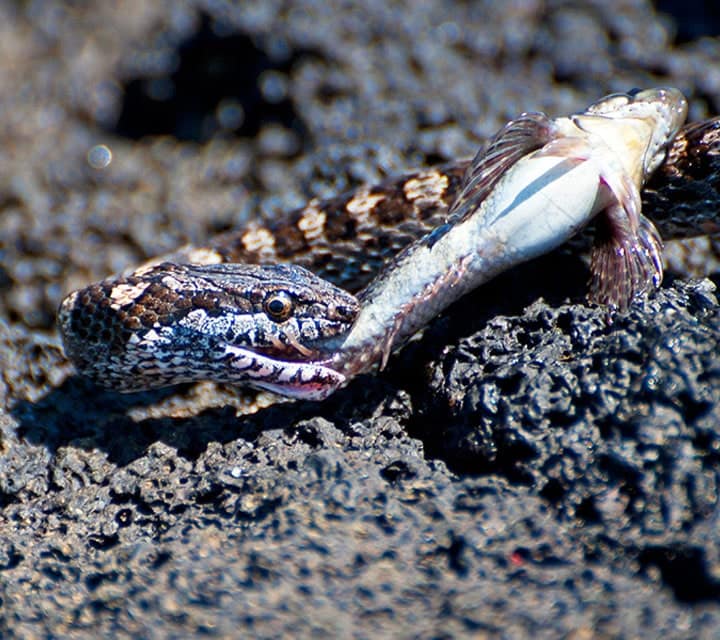
-
This was kinda helpful.
-
[…] Because there were no large predators on these two Galapagos Islands, having wings was a disadvantage that prevented them from finding food easily. They're wings therefore adapted to be smaller while they developed powerful legs and webbed feet to dive into the water to hunt for fish, eels and small octopus. via […]
-
I like it it kinda had good facts to help me in my work


